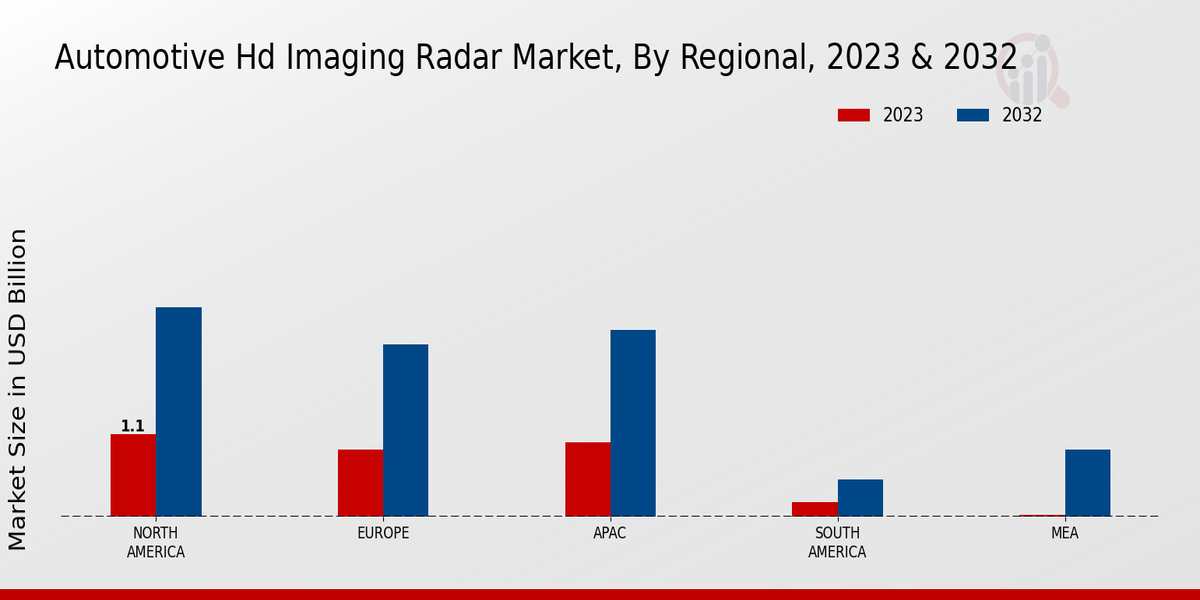The Automotive HD Imaging Radar Market is characterized by rapid growth and an increasing number of competitors that are continuously innovating to enhance their product offerings. This market plays a crucial role in the advancement of automotive safety features, driving the demand for high-definition imaging radar systems that improve vehicle detection, obstacle identification, and overall situational awareness. As vehicle manufacturers increasingly integrate advanced driver assistance systems (ADAS) into their designs, the competitive landscape becomes ever more critical. Key factors influencing competition include technological advancements, pricing strategies, product differentiation, and partnerships with automotive OEMs.
Companies that can effectively leverage their R&D capabilities and respond to evolving regulatory standards will likely attain a significant advantage in securing market share.Texas Instruments is a major player in the Automotive HD Imaging Radar Market, well-regarded for its innovative semiconductor solutions that power advanced radar applications. The company's extensive portfolio includes high-performance analog and embedded processing devices that enable high-definition imaging and signal processing for radar systems. Texas Instruments benefits from its strong reputation for reliability and performance, as well as its vast resources dedicated to research and development, which foster continuous innovation.
By facilitating the integration of radar technologies into automotive platforms, Texas Instruments enhances its market presence, allowing it to establish strong relationships with automobile manufacturers and technology partners. Furthermore, the company’s focus on high-quality manufacturing ensures that its products meet the stringent safety and quality requirements that the automotive sector demands.Aptiv stands out in the Automotive HD Imaging Radar Market as a leader in developing smart vehicle architecture and advanced safety solutions. With a strong emphasis on software and electrification, Aptiv integrates its advanced HD imaging radar systems with cutting-edge algorithms to provide robust object detection and classification capabilities.
The company's commitment to innovation is reflected in its extensive investment in R&D, which allows Aptiv to stay at the forefront of technological advancements and address the evolving needs of vehicle manufacturers.
Moreover, Aptiv has established a strategic alignment with various stakeholders in the automotive ecosystem, fostering collaborations that enhance its product offerings. By focusing on safety and efficiency, Aptiv positions itself as a pivotal contributor to the continual transformation of the automotive landscape, making it a formidable competitor in the HD imaging radar sector.













